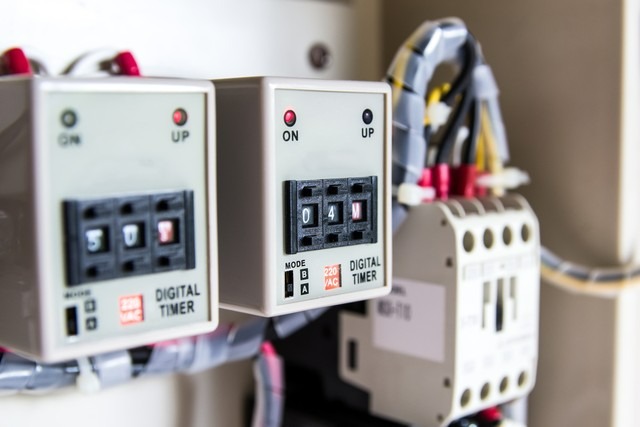Wind turbine inverters: exploring feasibility and potential
Wind turbines play a vital role in the renewable energy sector, with a focus on improving power generation efficiency and stability. In practical applications, the supporting equipment, including the inverter, holds significant importance. As a key component of wind turbines, the inverter’s performance directly impacts the overall operating efficiency of the power generation system.
So, can wind turbines use solar inverters? This question involves many technical details and practical application considerations. Next, let us delve into this issue together.

Wind turbine inverter: technical characteristics and compatibility analysis
While wind turbines and solar power generation systems share the realm of renewable energy, they do exhibit variances in power generation principles and output characteristics. This determines that the requirements for the inverter of the two power generation systems will be different.
First, let’s take a look at the technical characteristics of wind turbine inverters:
Wide input voltage range:
Due to the significant fluctuations in wind speed, the output voltage of wind turbines varies greatly. Therefore, it is crucial for the inverter to have a wide input voltage adaptation range to accommodate these changes.
Strong power regulation capability:
To ensure the reliable operation of the power generation system, a wind turbine inverter must possess robust power regulation capabilities to effectively handle power fluctuations caused by variations in wind speed. This capability is essential for maintaining the system’s stability.
Strong anti-interference ability:
The environment where wind turbines are located is relatively harsh, and the inverter needs to have strong anti-interference ability to ensure stable operation.
The technical characteristics of solar inverters are mainly reflected in:
Input voltage is relatively stable:
The output voltage of the solar cell group is relatively stable, so the input voltage adaptation range of the inverter is not so high.
Small power regulation requirements:
Solar power generation systems experience relatively minor power fluctuations, resulting in lower demands for power regulation capabilities from the inverter.
General anti-interference ability requirements:
Solar power generation systems are typically situated in tranquil environments, with relatively lower anti-interference requirements for inverters.
The analysis highlights clear technical differences between wind turbine inverters and solar inverters. Consequently, using solar inverters directly for wind turbines can lead to compatibility issues, limiting the optimal utilization of wind turbines’ power generation potential.

Wind turbine inverter: compatibility transformation and application practice
Although there are differences in inverter technical requirements between wind turbines and solar power systems, this does not mean that the two are completely incompatible. In fact, through targeted modification and optimization of solar inverters, they can be adapted to wind turbine systems.
Improvement of power regulation capability:
To address the power output fluctuations of wind turbines, it is crucial to optimize and enhance the power regulation capability of the inverter. This ensures the stable operation of the entire power generation system.
Enhancement of anti-interference ability:
Wind turbine environments are harsh, requiring inverters with strong anti-interference capabilities against electromagnetic interference and environmental factors.
The aforementioned transformation allows for the gradual application of solar inverters to wind turbine systems. However, this process requires thorough testing, optimization, and achieving ideal compatibility and performance indicators.
Notably, companies and research institutions worldwide actively explore and address compatibility issues with wind turbine inverters.
In terms of wind turbine inverter products, targeted optimization and improvements in key indicators such as input voltage range, power regulation, and anti-interference have resulted in commendable compatibility and stability.
In China, through continuous R&D and innovation, we have developed a variety of inverters that can match the integration of wind power generation systems and solar systems. We believe that this “hybrid” application model is expected to gain wider acceptance in the field of renewable energy.
Conclusion
Although wind turbines and solar power generation systems both belong to the field of renewable energy, their power generation principles and output characteristics do show certain differences. Therefore, these differences lead to different technical requirements for inverters in the two types of power generation systems.
However, through in-depth research and innovative optimization, experts in the field of new energy have successfully developed hybrid inverters that can be effectively used in solar and wind turbine systems. This breakthrough not only provides new insights and solutions for the construction of hybrid renewable energy systems, but also expands the possibilities for integrating wind and solar hybrid systems.
